Filter on
human behavior research categories

Comparing two different skin-to-skin contact techniques
Skin-to-skin contact is essential in developing a feeling of safety, and in creating the bond between parent and child, especially with premature babies. Buil et al. compared two kangaroo positioning techniques.

The value of facial expression analysis in advertisements
José Chavaglia Neto and José António Filipe investigated the effect of one commercial on consumer emotion. They asked consumers to watch this commercial related to a specific brand.

Marketing and market research blogs
Learn all about gamification in marketing, facial expression analysis, and the difference between self-report, qualitative research, and unobtrusive observations.

Video-recording children with ASD in-home
Anne Kirby and colleagues studied sensory and repetitive behaviors among children with autism spectrum disorder (ASD). 32 children with ASD participated.

Implementing Tailored Activity Programs
Tailored Activity Programs (TAP) have been shown to have significantly reduce behavioral occurrences in dementia patients and improve engagement and positive behaviors.

In-home video recordings provide measure for more objective comparisons
Edelson and her colleagues from the Nestlé Research Center in Sweden studied parent-child interactions during meal time using in-home studies.
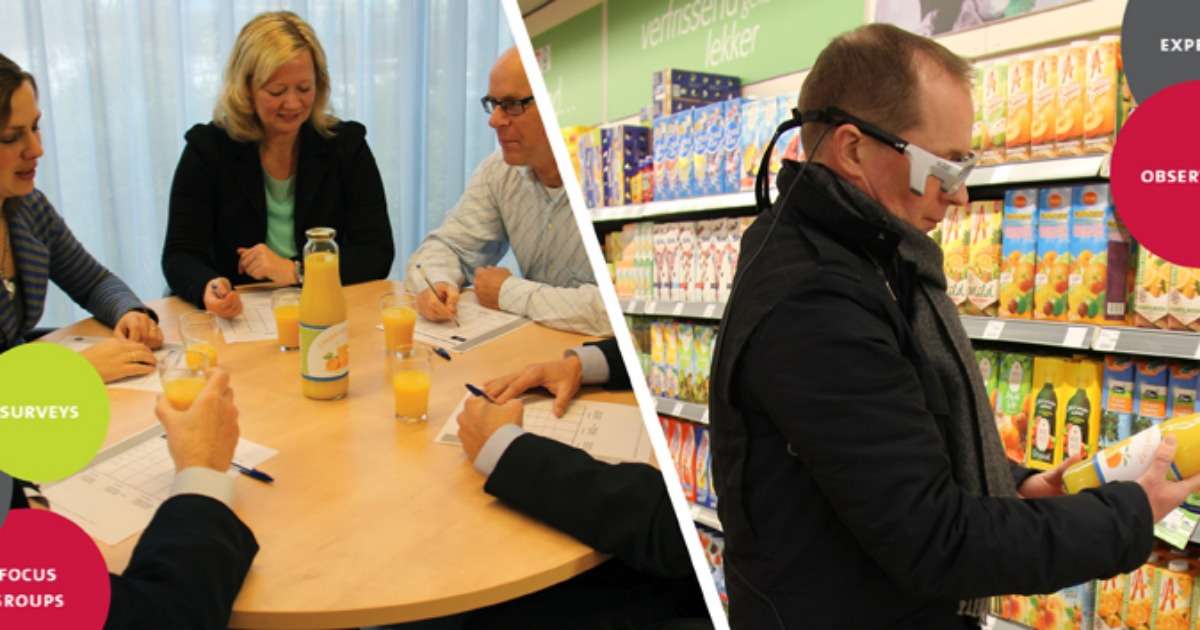
Declared vs revealed data
How do consumer researchers get valuable data? Consumer and market researchers can turn to observation and experimentation to observe consumers. Declared vs. revealed data.

Understanding adolescent emotions
How are adolescents’ emotions socialized by mothers and close friends? A recent study focuses on dealing with depression in adolescence.

Become and stay aware about children with autism
Autism is a developmental disability that remains with a person for his or her whole life. The World Autism Awareness Day tries to bring awareness to this growing health concern.

How to use FaceReader in the lab
Are you interested in using automatic facial expression analysis in a standardized lab setting? Here are 5 tips to get you started!
Filter on
animal behavior research categories
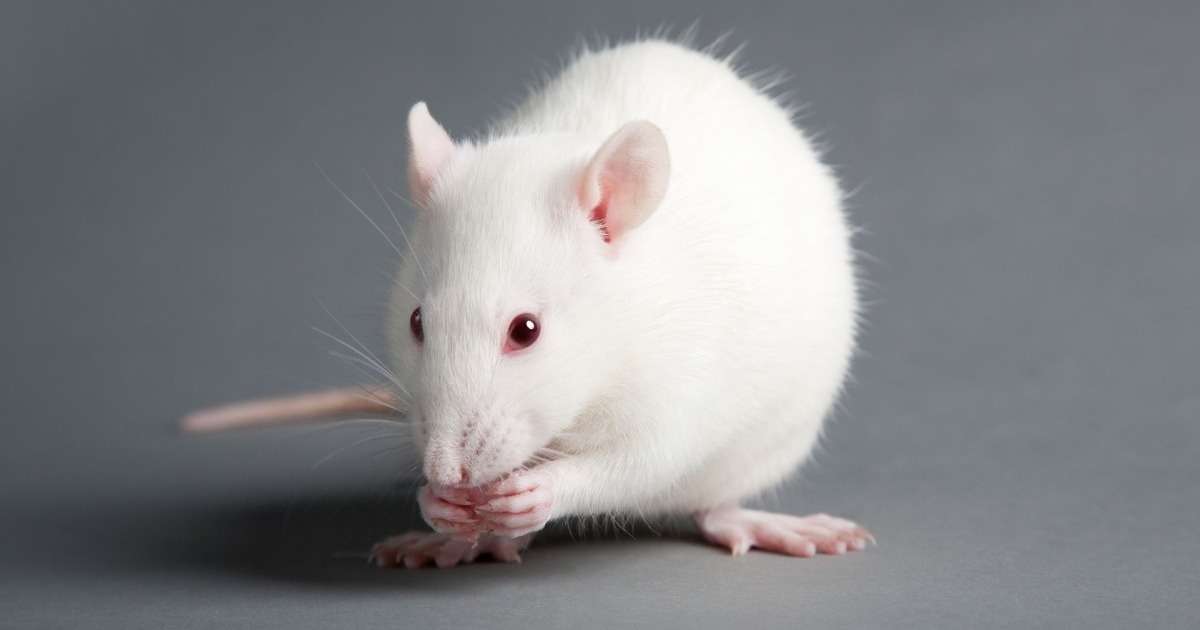
Zinc deficiency, depression and electrical signals in the brain
Depression has a dramatic effect on quality of life because it results in a persistent low mood that is accompanied by a low self-esteem and a loss of interest in things that give pleasure.

Fearful chicken: Fear affects stress, behavior patterns, and other individuals
Elske de Haas, Ph.D. studied the effects of fearfulness on the chickens' own behavior and physiology, but also what it did to other individuals.

Ladybugs and lacewings do not spy on their prey’s alarm pheromone
Leaf sucking creatures like plant aphids are common and can cause considerable damage to plants. Therefore, quite a lot of effort is made to control these tiny creatures.
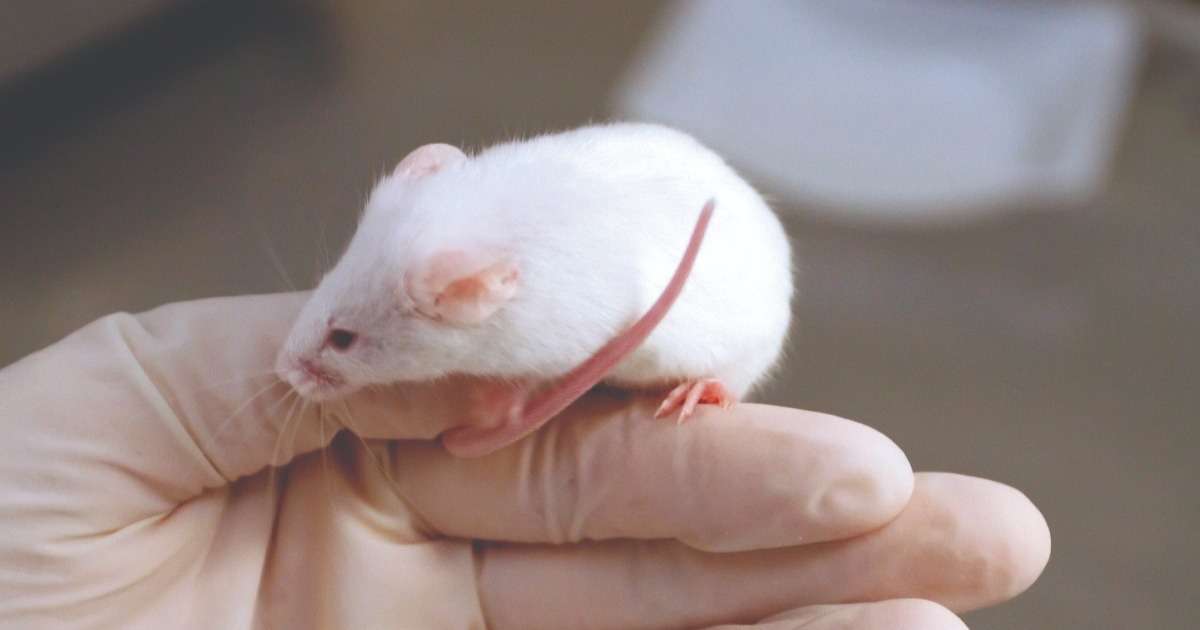
How to really challenge mice cerebellar plasticity
Jan-Willem Potters used the ErasmusLadder in his thesis research to study the role of specific mutations of plasticity in the cerebellar microcircuit of mice.

Picky cats and tasty food – sniffing is an indicator for tastiness
Cats can be extremely picky when it comes to food. If the cat doesn’t like it, it will refuse to eat. Reason enough for the pet food industry to try to find out what cats really like.
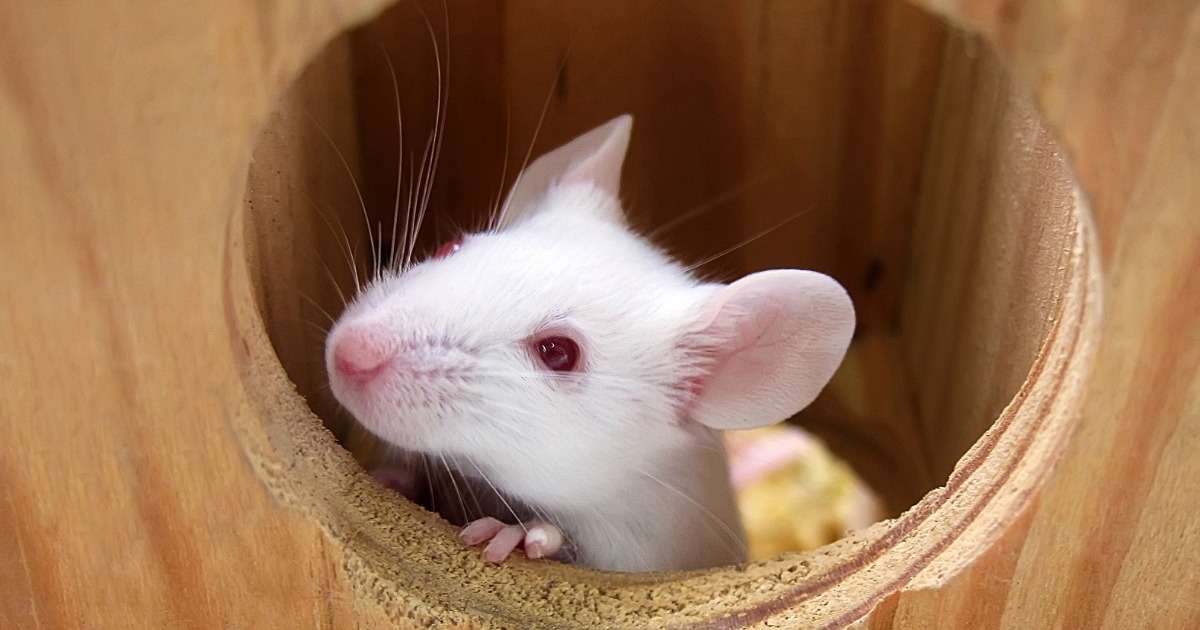
A high-throughput method to screen natural behavior of mice
Traditional standard tests with rats or mice are carried out immediately after human interference. Therefore, the behavior of the animals may not be natural and spontaneous.

Anxiety is ancient – how crayfish resemble vertebrates
Fear is something we all know. It changes our behavior: we freeze, try to escape, or respond with aggression. Fear can also cause anxiety, which is a more complex phenomenon.

Inhibitory avoidance learning in zebrafish (Danio rerio)
The zebrafish (Danio rerio) is increasingly being used as model in behavioural, neurobiological and genetic research.
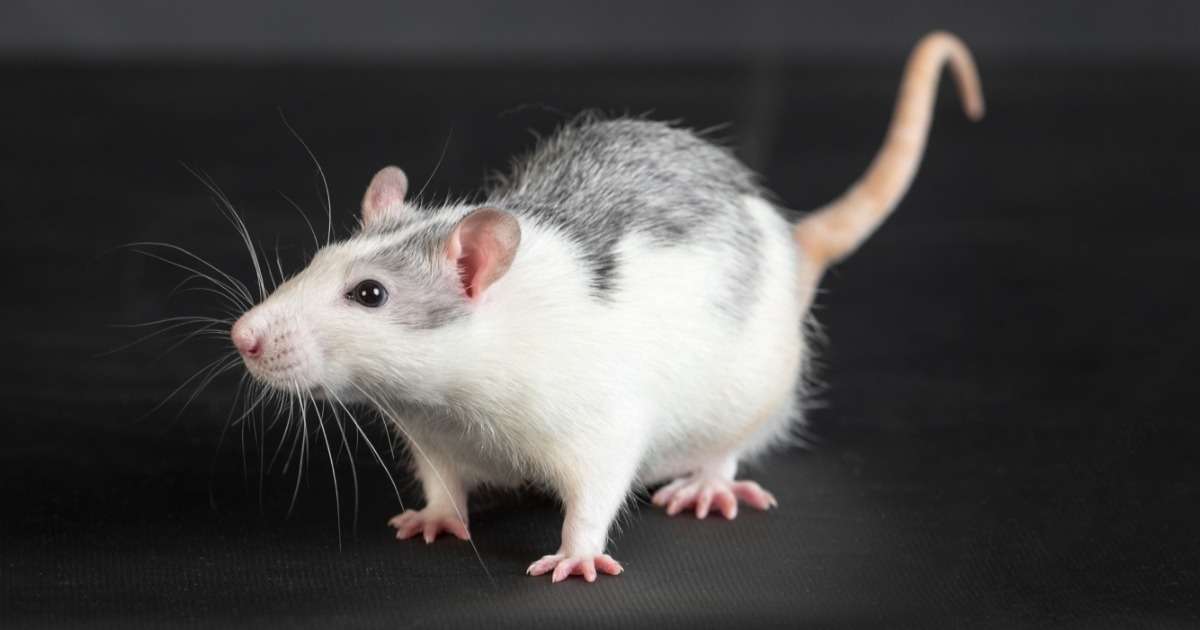
Walking the ladder: testing the cellular source of motor functioning in mice
The cerebellum, our “little brain”, is all about motor control; more specifically, it’s about coordination, precision, and timing.

Mixing sows: aggression and stress of group housing on first-time sow mother
In this experiment, Ison and colleagues looked at the social interaction when a mixed group of primiparous and older, unfamiliar sows were placed in group housing together.
